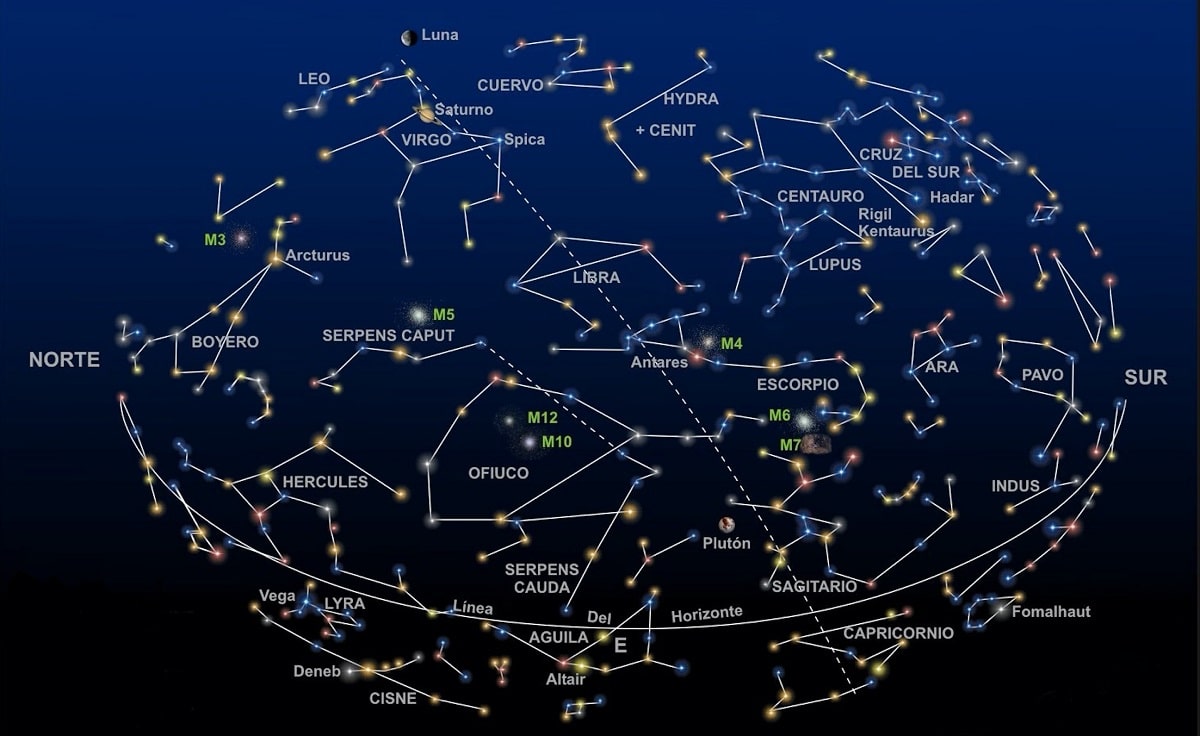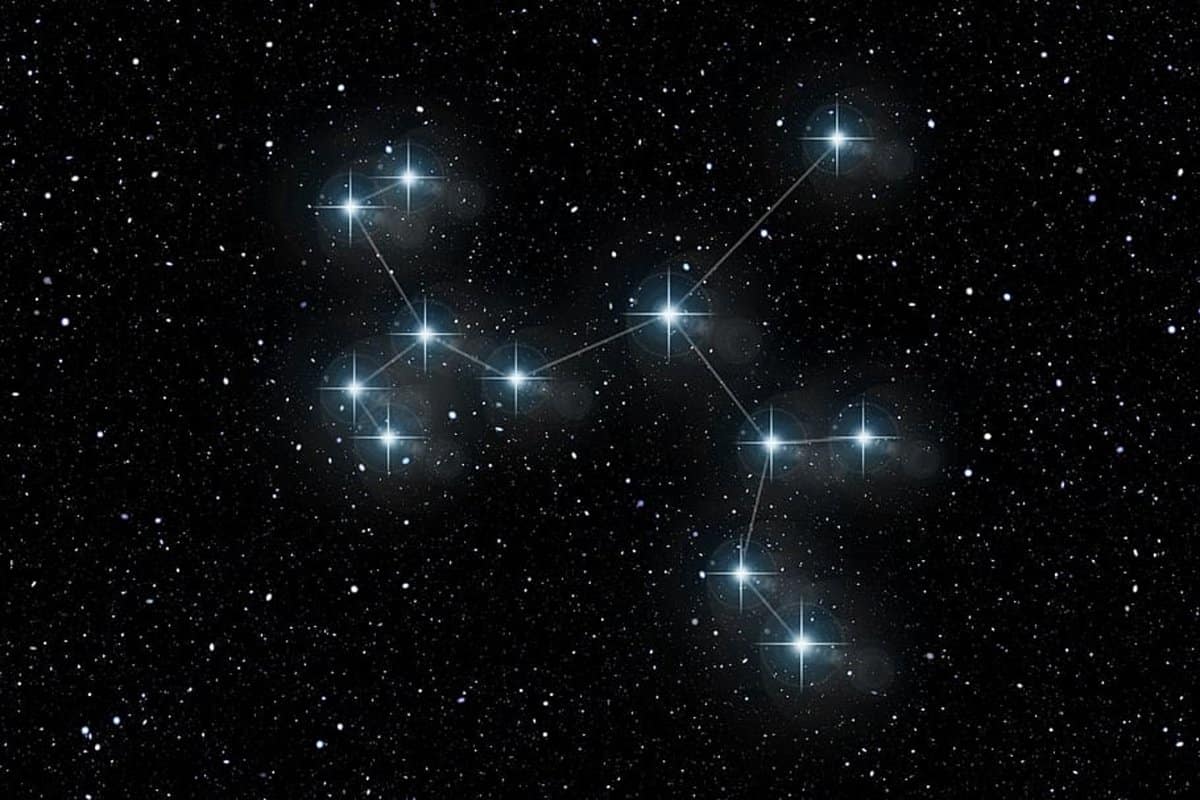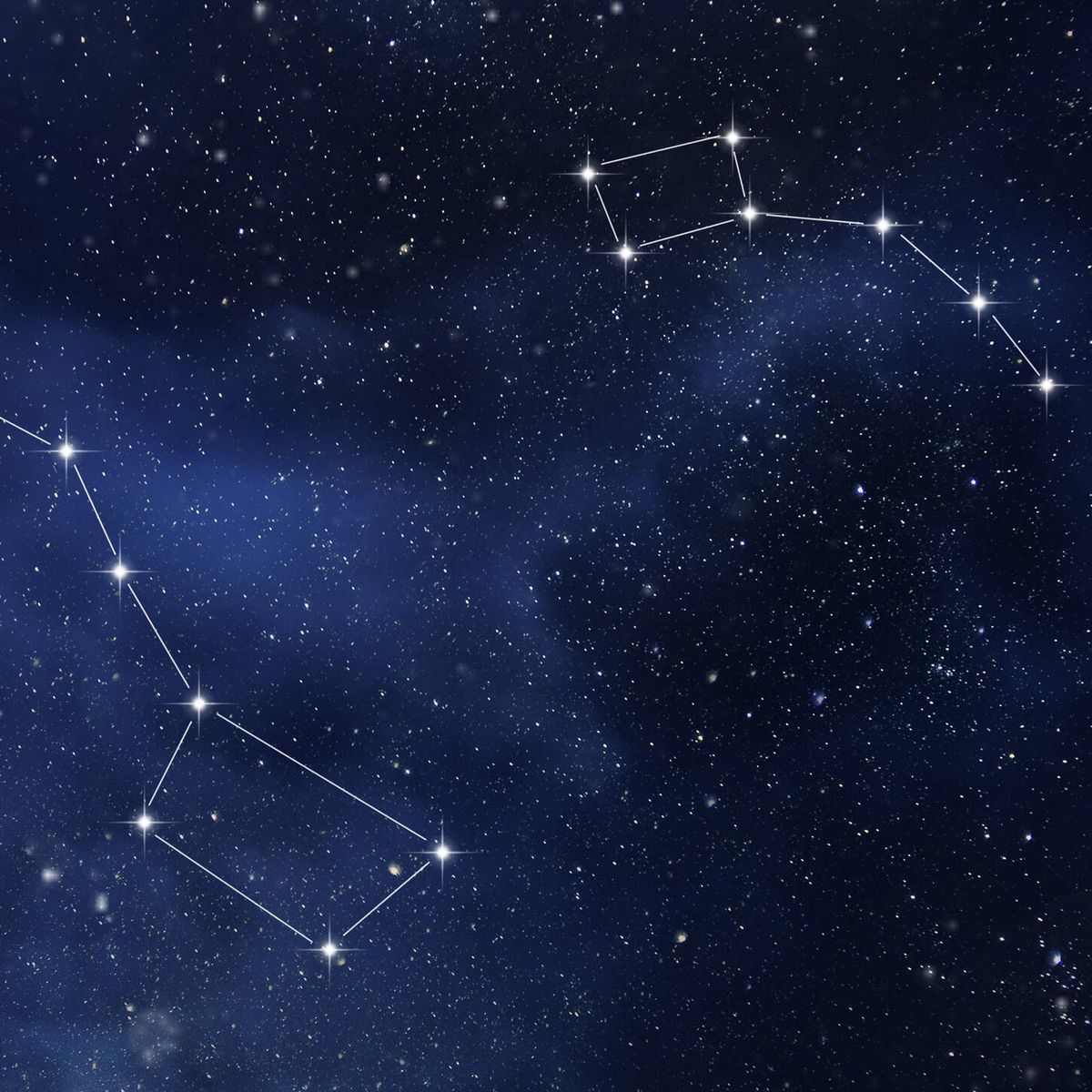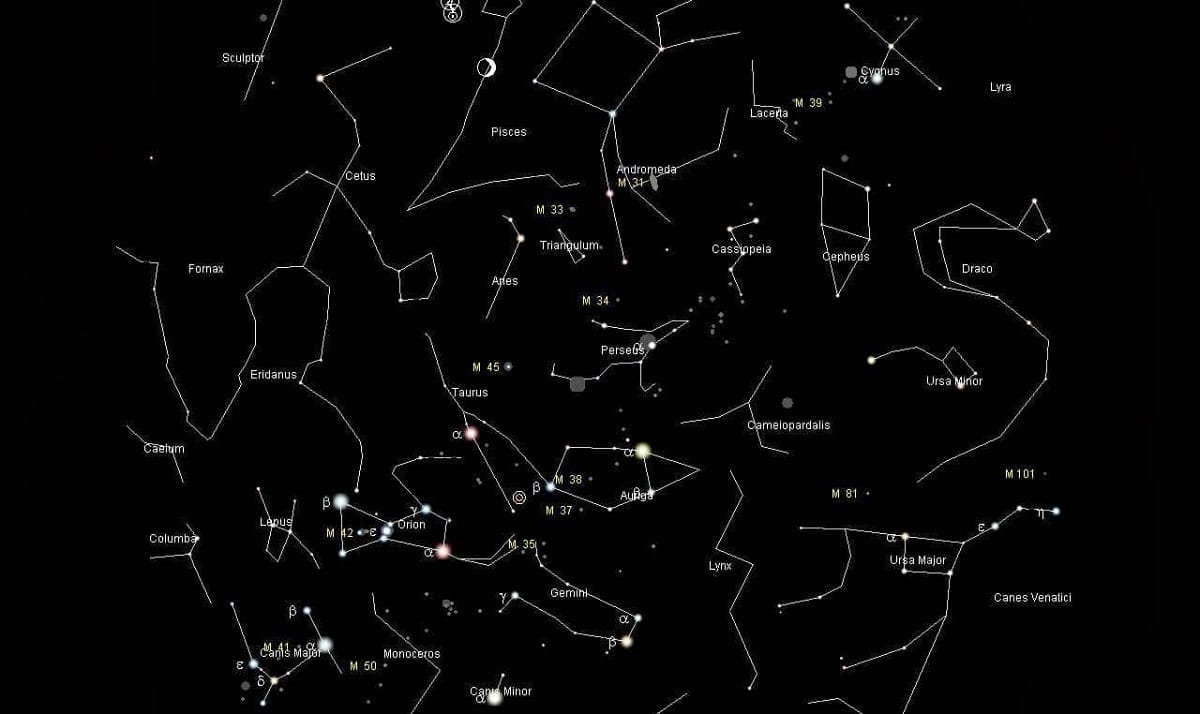
There are a total of eighty-eight constellations officially recognized by the International Astronomical Union. These are clusters of stars that form small, well-defined patterns. They don't touch each other, and each has a specific name. However, there are some famous constellations that everyone knows how to do and that they are easier to recognize in the night sky.
In this article we are going to give you some of the famous constellations, their characteristics and much more.
Origin of the famous constellation system

In ancient times, astronomers created constellations without a well-established system, so over the years, astronomical charts ended up being a real mess, with stars sharing more than one constellation. There are more than a hundred of them, but there is no order to categorize them.
In this sense, the International Astronomical Union held its first meeting in 1922 to establish a binding order of constellations. At that moment, the list of constellations was reduced to eighty-eight, each constellation having a clear name. But a meeting was called again in 1925 to determine the boundaries between them. This is how the celestial map was created as we know it now, in which the eighty-eight constellations appear with their well-defined limits.
famous constellations

Great Bear
The Big Dipper is a well-known and easy-to-recognize constellation in the night sky. It is a group of seven bright stars that form a figure similar to a bucket or cart, depending on how you look at it.
The interesting thing about the Big Dipper is that it can be used to find other constellations and celestial objects. For example, you can find the Pole Star, which is the star that marks the celestial north.
Another feature of this constellation is that it is a circumpolar constellation, so it is always visible in the night sky from most latitudes in the northern hemisphere. This is because it is close enough to the North Celestial Pole, and its apparent movement in the sky is slow enough that it never completely disappears below the horizon.
Little Bear
Ursa Minor is another constellation that is easy to identify in the night sky. Like the Big Dipper, it is a circumpolar constellation in the Northern Hemisphere and is always visible from most latitudes. Ursa Minor is made up of seven stars. being Polaris or Polar Star the brightest and best known of them.
Polaris is located at the end of the tail and is a very important star for astronomical navigation, since it is always in the same place in the sky, marking the celestial north.
Unlike the Big Dipper, the Little Dipper is a less conspicuous constellation. The two constellations appear to be linked by an imaginary handle, and together they form the well-known "Celestial Cup" in the night sky. Besides, Ursa Minor is located within a larger constellation called Draco, which is a dragon constellation that stretches across the sky near the north celestial pole.
Cassiopeia
The Cassiopeia constellation is easy to recognize in the night sky because it has a distinctive "M" or "W" shape. It can be found near the North Celestial Pole, making it visible in the Northern Hemisphere year-round.
It lies between the constellations of Perseus and Cepheus., and its shape is quite striking. This constellation is made up of five bright stars, which represent Queen Cassiopeia and her throne. The brightest star in Cassiopeia is called Alpha Cassiopeiae.
One of the interesting things about this constellation is that its position in the sky changes throughout the night and throughout the seasons. In summer, Cassiopeia is in a higher position in the sky, while in winter it can be seen closer to the horizon. It is also known for being home to one of the youngest and brightest stars known as the Cassiopeia A star. This star is a neutron star, which is the collapsed core of a massive star that exploded as a supernova.
Major Dog

Canis Major is a constellation that can be found in the night sky of the southern hemisphere and is known to be one of the brightest and most easily recognizable constellations in the sky. Its name literally translates as "big dog" in Latin, and its brightest star is Sirius, which it is also the brightest star in the night sky. In Greek mythology, Canis Major represents the watchdog of the hunter Orion, who is also a nearby constellation.
All the stars together form the figure of a dog. One of the most interesting features is that it contains several nebulae and star clusters, which are groups of stars found in the same region of space. One of the most famous clusters in Canis Major is the open cluster M41, which can be seen with small telescopes and binoculars.
northern cross
The Northern Cross is a constellation found in the northern hemisphere and is easily recognizable by its cross shape. It is also sometimes called the "Little Cross" to differentiate it from the Southern Cross.
It is composed of four bright stars, which form a cross. The brightest star in the cross is Polaris, also known as the North Star, and it is located at the end of the cross. In addition to the cross shape, it can also be distinguished by its position in the sky. The constellation can be found near the Ursa Major constellation and is visible year-round in the Northern Hemisphere.
One of the most striking characteristics of the Northern Cross is its cultural importance in many societies. For some indigenous cultures of North America, Polaris is seen as an important star in their cosmology and is used in rituals and ceremonies.
Finally, among the famous constellations we also have all the zodiacal constellations such as Aries, Taurus, Gemini, Cancer, Leo, Virgo, Libra, Scorpio, Sagittarius, Capricorn, Aquarius and Pisces.
I hope that with this information you can learn more about the famous constellations and their characteristics.